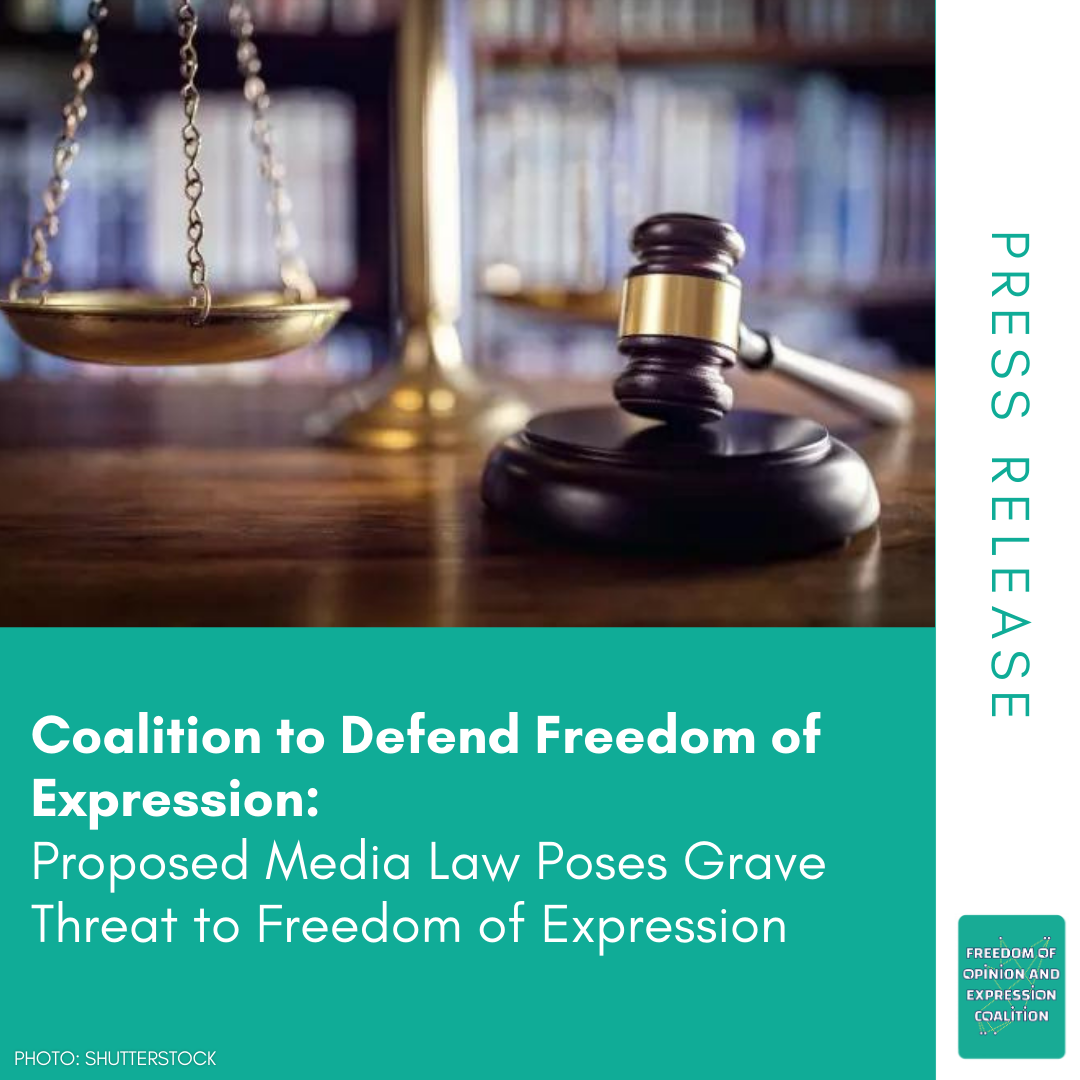Discrimination and Violence Against Women in Lebanon Takes Place on Multiple Fronts

Many are the manifestations of discrimination and violence against women in Lebanon. While the forms most present in public discourse are the discrimination and violence against women in the domestic sphere, especially the sphere subject to the sectarian religious courts, other forms are apparent in women’s daily lives. Hence, attention must be called to them in any effort to diagnose the problem or explore means of treating it. In this regard, we would like to shed light on four sources of discrimination and violence against women. These sources necessitate four fronts, each with its own form, people, and discourse.
Religious Beliefs
The first and most apparent form of discrimination stems from the approach of recognized sects towards their constitutional guarantee (the famous Article 9) to regulate personal status matters. This approach largely dominates public decisions. As a result, two main trends have prevailed:
The first is these authorities’ strict monopolization of issuing rules that govern family life, i.e. their “personal status” within each sect. This strictness has manifested itself in their refusal to subject the rules they develop to any public regulation, oversight, or review, whether directly (e.g. parliamentary deliberation over amending the sectarian laws or subjecting their force to state recognition and oversight) or indirectly (e.g. the enactment of civil laws that could affect the extent to which sectarian rules are applied, as in the case of the proposals to amend the law protecting women from domestic violence, the bill on child marriage, and the ratification of the Convention on the Elimination of All Forms of Discrimination Against Women).
It is also apparent in their apprehension about any media discussions about the soundness of these rules. The general absence of religious reform projects has worsened this discrimination and the resulting violence. Sectarian reforms, when they occur, remain limited to technicalities imposed either in isolation from any public conversation, as occurred in relation to Druze and Christian personal status laws, or only with great effort, as in the case of raising the age of maternal child custody in Sunni personal status laws.
The second trend is the sectarian authorities’ strict monopolization of the “freedom of belief”. The freedom of individuals not to belong to any sect and their right to civil laws to regulate their personal and family lives continues to be denied. Despite some progress in this area, namely the acceptance of individuals’ requests to delete their sect from their personal status records (2009) and the registration in 2013 of some civil marriages convened on Lebanese territory, public authorities have yet to enact a civil personal status law in contravention of Decision no. 60 L.R. or even recognize a range of political and civil rights for people who do not belong to sects. The loss of these rights deters many Lebanese from deleting their sect or prompts them to ask that these records be reinstated.
Reformist movements innovated various ways of confronting this approach over the decades, particularly in the post-independence era. During the last two decades, women’s and rights movements became more prominent among these movements, while the roles of the “secular” political parties and the Beirut Bar Association declined. These rights movements managed to achieve several results, including a person’s right to delete the reference to their sect from their records, a law to protect women from violence (albeit with fundamental amendments), and civil marriage on Lebanese territory, albeit for a brief period.
Remarkably, these movements, which arose to one extent or another in a state of conflict with various recognized sects or at least their monopoly over personal status, inspired other movements that chose to work from within the sects in order to push their jurisprudential rules in the direction of women’s rights. The best example is the Family Rights Network movement, led by Iqbal Doughan, one of the most prominent women leaders. The movement succeeded in raising the age of maternal child custody. This movement began within the Sunni sect and later expanded to the Druze and Shia sects.
The extent to which the movements to reform the sectarian legal system from within and those trying to impose reforms on it from outside complement each other is obvious, irrespective of the ostensible difference or rift between them. While reform from without seeks to impose an overall system that is binding, the movements from within the sect seek to push the sects to develop their systems in a manner that does justice to women and adapts them to social developments, and hence to comply with an overall system that the sects themselves enact. We have placed these movements on the same front because they both seek reform, though we do not wish to downplay the differences between them.
The Sectarian Courts
Another source of discrimination concerns the religious court systems that examine personal status cases. The sectarian authorities treat these courts as an integral part of the guarantees that Article 9 of the Constitution grants them to regulate the personal status of their sectarian constituency. Since the Beirut Bar Association lost the battle of 1951-1952, those seeking reform tend to concede to this view. Hence, these courts are usually grouped with the other sectarian arrangements, and the various stances and approaches to them are based on stances on these arrangements as a whole.
Accordingly, while some civil movements strive to exclude certain issues from the scope of religious beliefs and therefore from the jurisdiction of the sectarian courts, they usually see these courts as exceptional courts that should be abolished. Rarely do these movements show any effort or interest in reforming these courts as they fear that discourse around doing so will legitimize their existence and ensure their survival. Barring a few movements operating from within the sects and without any social resonance, these courts remain outside the scope of reformist demands.
Without downplaying the influence that judges – and the attributes required of them – have over the content and scope of the religious rules, we wish to emphasize that matters related to the regulation of the courts are in essence mere procedural and regulatory issues concerning the standards that must be observed to ensure the courts’ independence and good performance in a manner that guarantees litigants’ right to access a just and effective judiciary. These standards generally do not change in accordance with religious rules and beliefs and must remain the same irrespective of whether the court is civil or sectarian and which sect it belongs to. This is best evidenced by the Constitutional Council’s decisions subjecting the sectarian courts’ regulatory matters to Article 20 of the Constitution, which declares the independence of the courts. Needless to say, we find nothing in any of the religious beliefs that conflicts with the principle of the separation of powers or with the integrity and independence that judges are supposed to possess.
While it is possible, from a constitutional and rights perspective, to disagree over the nature of these courts and whether they are part of the judicial courts or separate from them (i.e. the issue that the 1950-1952 battle revolved around), the issue of their independence, integrity, and effectiveness is not open to any serious debate. Accordingly, any derogation from these standards is tantamount to derogation from them in all the civil courts and warrants an independent front that everyone can join irrespective of their beliefs.
Social Considerations
The third source of discrimination relates to social traditions and stereotypical gender roles. While several forms of this discrimination are reflected in the definition of “honor” and the provisions resulting from it, some of which have been abolished (e.g. a rapist’s impunity in the case that he marries the victim and honor crimes) and some of which remain in effect in the Penal Code (such as the issue of defloration and illicit intercourse), there is another, equally impactful form of discrimination that is rarely raised in public debate, namely the gender-based discrimination in education, income, salaries, and political participation. This form often economically subordinates women to men.
Despite the important consequences of this economic discrimination and its neutrality from a religious and ideological perspective, it remains absent from the legal proposals for protecting women and improving their position. Hence, instead of constituting a joint struggle for all liberal and conservative women’s movements alike, the goal of women’s economic empowerment continues to be eclipsed by the ideological struggles dividing them.
Political Considerations
The fourth source of discrimination concerns political considerations, specifically the system of sectarian power-sharing. The most prominent form of this discrimination is the refusal to grant Lebanese women the right to pass their nationality to their children in order to preserve the demographic equilibrium among the sects, as has been expressed by many government documents, most importantly the Council of Ministers decision on 17 January 2013 that refused to amend the nationality law for this reason. Remarkably, the political forces address the legacy of patriarchal values (which have come to conflict with all its public discourse) on the basis of political pragmatism alone. The generally conservative political forces (the Future Movement) reject this legacy because of benefits they anticipate from granting women this right, whereas forces that seem more liberal on women’s issues, (such as the Free Patriotic Movement or the Lebanese Forces) cling to them out of fear that their influence will decline. Given the stagnation of the political discourse on this matter and the escalation of the demographic imbalance among the sects year by year, Lebanon will probably become one of the few countries clinging to the legacy of patriarchy in nationality matters for political reasons.
This article is an edited translation from Arabic.
Keywords: Lebanon, Women, Violence, Discrimination, Sects,




